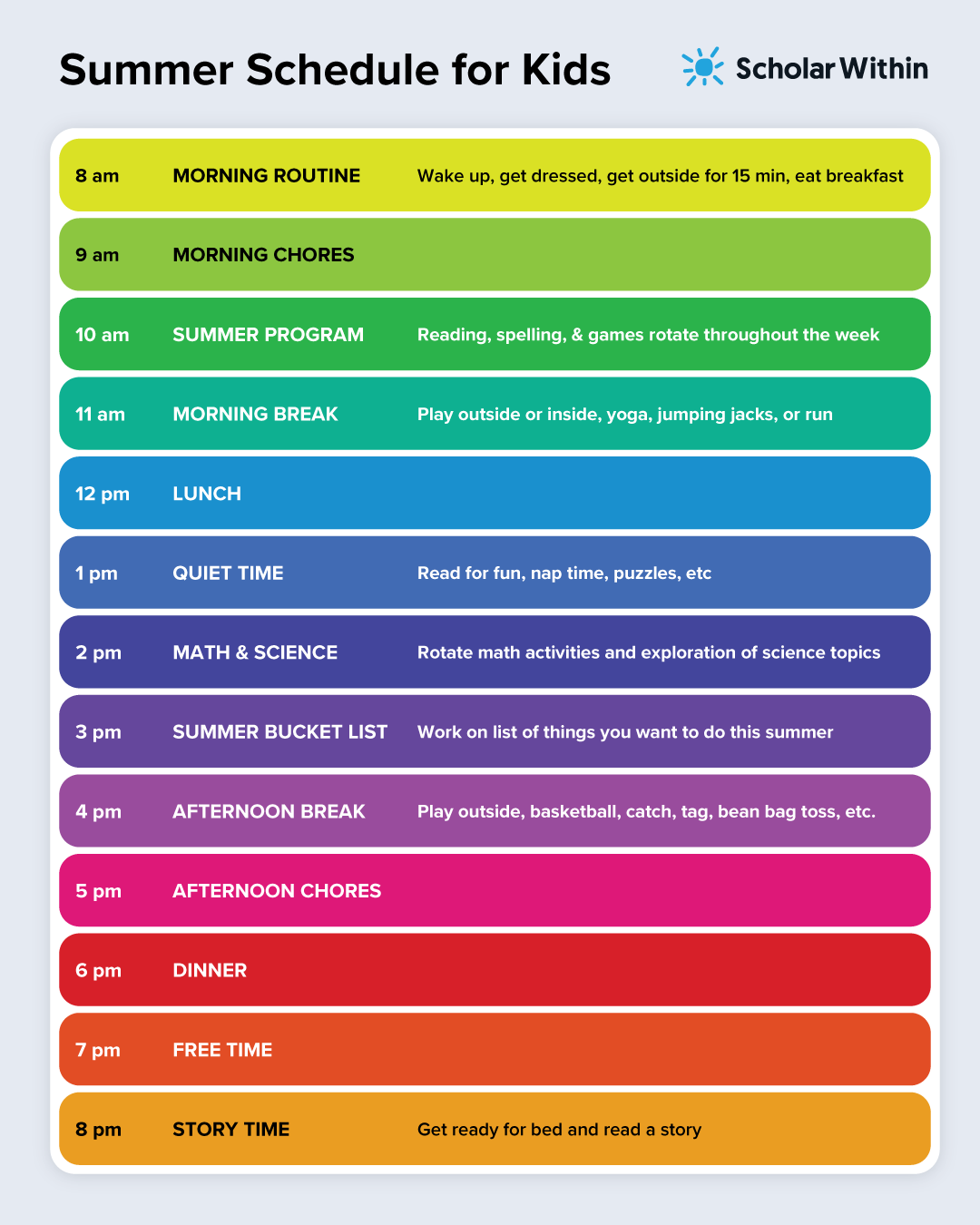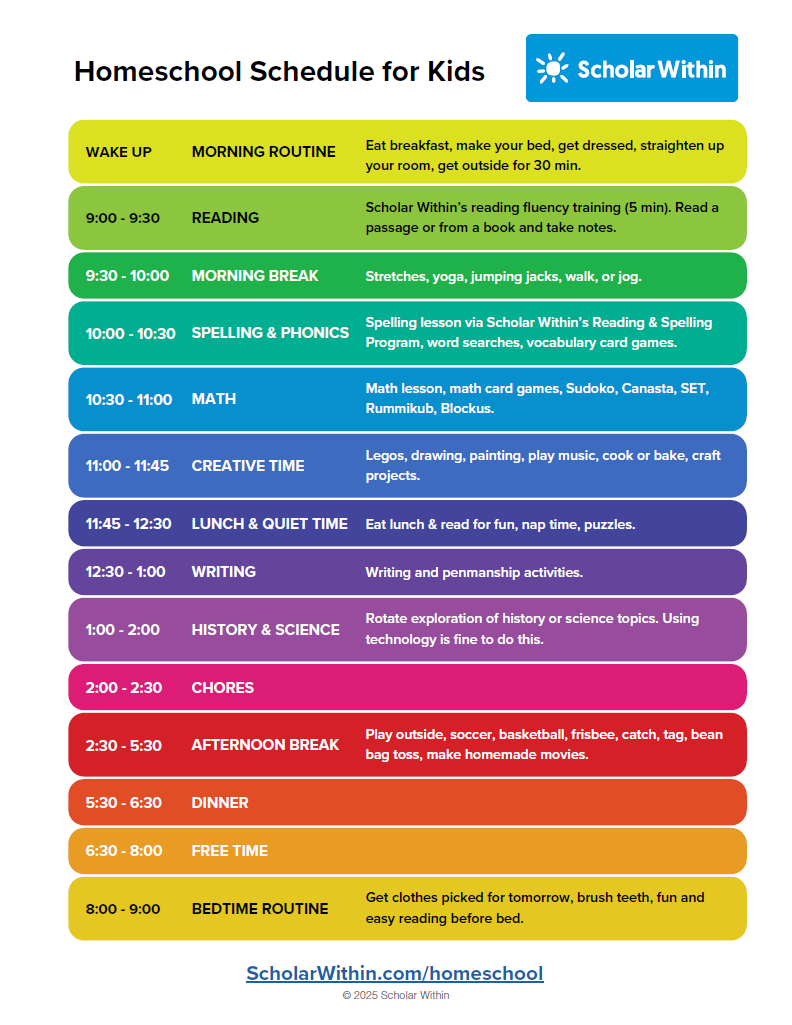
Best Practices for Teaching Phonics
What is phonics?
Phonics is the ability to pair individual sounds with a visual symbol (letters). This method is frequently used to teach reading. Phonics teaches the sounds that letters or groups of letters make when spoken. Phonics is the process of matching sounds to letters. Reading experts refer to this as the alphabetic principle. This process is where the auditory (sounds) are integrated with the visual symbols. This is known as auditory-visual integration.
Phonics is the second principle in the process of reading and joins the first principle, phonemic awareness. The alphabetic principle and phonemic awareness do go hand in hand. Phonemic awareness is the ability to hear, identify, and manipulate individual sounds in spoken words. Phonics, on the other hand, takes that a step further. Phonics is the ability to pair individual sounds with a visual symbol (letters).
Older students who have problems with spelling often have a gap in their phonics knowledge. Phonics is often taught in early grades (kindergarten through 2nd grade) but is typically left out of instruction in 3rd grade and beyond.
This is one of the reasons why we teach spelling in the way that we do in our spelling program. We teach spelling through video lessons that break words up into one sound at a time so that all students, no matter their age, will build or rebuild their phonics knowledge while learning the spelling and phonetic patterns. This method also strengthens student’s listening skills and auditory comprehension.
So, what are the best practices for teaching phonics? Continue reading.
How do we teach phonics?
We start teaching phonics early on when we match a word that is given aloud to a picture of it. This is typically started in preschool and/or kindergarten. The goal of teaching the Alphabetic Principle, phonics, is to help children grasp the idea that letters and letter patterns represent the sounds of spoken language. Specific phonics instruction helps children learn the relationship between written and spoken language.
For example, if I were to say show me the picture of a cat, and the student pointed to the cat, they would pair the spoken word with a visual representation. A next step might be pointing to the picture that begins with the /d/ sound (ex: desk). Once that is established you would then ask the student to match the sound of /d/ to the letter /d/, after teaching the students that these squiggly lines (letters) stand for the sound of the letters.
The Alphabetic Principle
The alphabetic principle is the understanding that individual sounds are paired with visual symbols (letters). Students start to learn the alphabetic principle by:
- Acquiring and remembering letter names.
- Acquiring and remembering letter shapes.
- Matching letter sounds with their written form (shape).
Best Practices for Teaching Phonics
- Teach the letter-sound relationship in a clear and detailed way and in isolation.
- Start with teaching the beginning sound and letter for your kids’ names.
- Teach your kid’s name written out, you can do this by putting their name at their place where they sit at the dinner table.
- Then start with these letters: f, m, n, r, and s as they can be pronounced easily in isolation.
- Teach five additional sounds: a, i, e, m, t.
- Then you can make words with them: at, it, fat, mat, sat, rat, fan, tan, man, ten, set, sit, met, and mitt.
- Next, make sentences with them: Matt ran. Matt sits.
- Next, give multiple opportunities each day to practice the sound-symbol relationships.
- Label objects in their rooms and around the house. Ask them what other objects they would like to label i.e.: dresser, bed, tub, door, etc.
- On the way to school, practice the names of the letters with their sound and even a word that begins with that sound.
- Think of rhyming words with /at/. This is a great way to introduce additional letter-sound relationships (at, cat, fat, hat, etc.)
- Review daily previously taught sounds-symbols and gradually add new sound-symbols (letters).
- Practice and apply these sound-symbol relationships with phonetically spelled words that are familiar to them.

For more direct instruction on improving reading skills with phonemic awareness and the alphabetic principle, learn more about our Spelling and Reading Programs. The programs integrate both phonemic awareness and phonics seamlessly with step-by-step activities and video lessons.
Learn More about the Homeschool Reading Program
Learn More about the Spelling Program
How does phonics fit into the other principles of reading?
“Mark Seidenberg, a cognitive neuroscientist and author of the book “Language at the Speed of Sight,” states, “Phonics is crucial when it comes to learning how to read. Surrounding kids with good books is a great idea, but it’s not the same as teaching children to read.”
Kids struggle to read when schools leave phonics out.
Phonics is the second principle of reading instruction. As you read the list of the Five Principles, you will see how one principle builds upon the next. You can’t learn phonics without the ability to discern individual sounds. And, you can’t become fluent without the foundation of phonemic awareness and phonics.

The Five Principles of Reading
When you bridge phonemic awareness with phonics, you create a strong foundation of the building blocks of language, reading, and spelling. By taking this a step further and learning the spelling patterns, you can learn to spell thousands of words by following the patterns.
Who is Scholar Within?
Scholar Within was founded by learning expert Bonnie Terry, M.Ed., BCET. Bonnie began designing and developing her own custom educational tools when she started her private learning center in the 1990s. Teachers kept asking what she was using with the kids who saw her because of the dramatic improvements that the kids made in school. From there, Bonnie decided to make her materials available to teachers and families worldwide.
Now, Bonnie Terry has turned her materials into a full-service online program that you can follow step-by-step at home, on your schedule. School alone is not enough anymore. Bonnie’s programs boost your kid’s overall learning skills by focusing on improving the auditory, visual, and tactile processing areas of your brain to make it work more efficiently.



